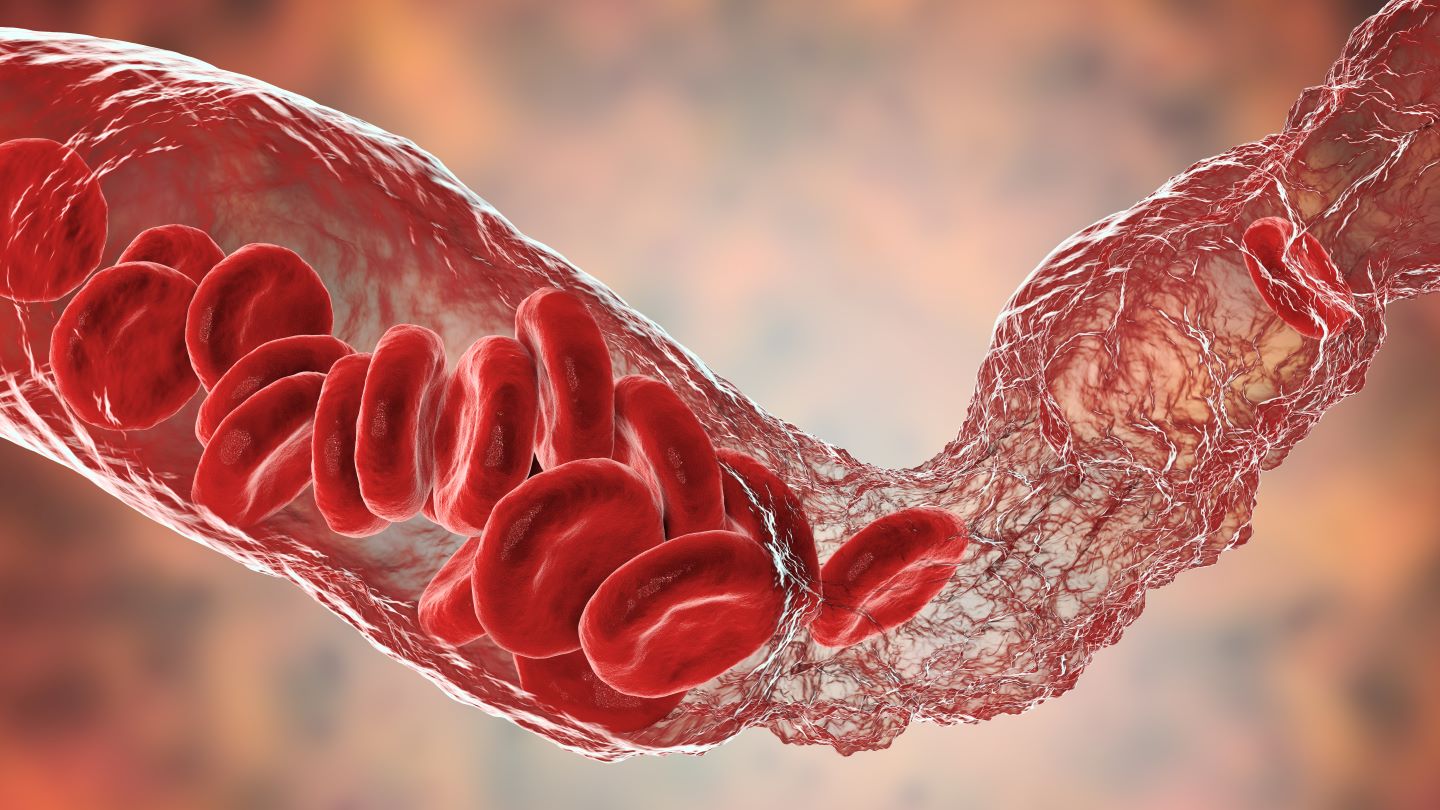
Interventional treatment solutions provider Sirtex Medical has commercially introduced the LAVA liquid embolic system.
LAVA is claimed to be the first and only liquid embolic that has been approved to treat peripheral vascular haemorrhage.
The system offers volume and viscosity options for optimising the flexibility required for the treatment of patients with controlled target vessel occlusion.
Its 2mL and 6mL options are optimised for peripheral vasculature, while its viscosity options facilitate the distal embolisation of small vessels that cannot be accessed through other embolics.
Sirtex chief commercial officer Matt Schmidt said: “The approval and availability of LAVA is especially meaningful to our team because it is addressing previously unmet needs in vascular medicine, with the potential to create significant impact on patients’ lives.
“We are delighted to expand our Sirtex product portfolio with this treatment milestone that directly furthers our mission to improve the quality and longevity of patient lives through innovative medical solutions and we thank everyone who played a role to achieve it.”
LAVA achieved both the primary safety and effectiveness endpoints in a trial intended to treat arterial haemorrhage in the peripheral vasculature.
In the study, all patients had no major adverse events in 30 days and 94% of lesions achieved clinical success within the same timeframe.
RUSH Medical College vascular and interventional radiology director Dr Bulent Arslan said: “The trial was an incredible success. Our goal was to achieve 70% efficacy for the existing data and outcomes, but we were able to achieve 94% efficacy.”



